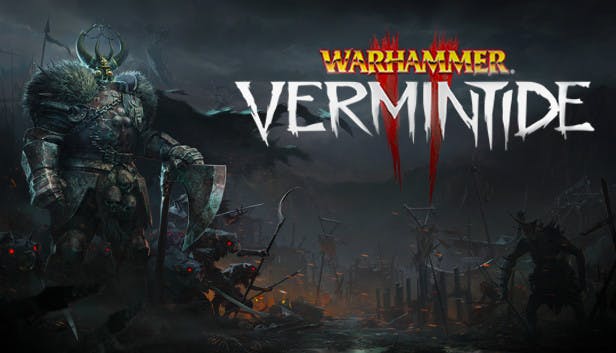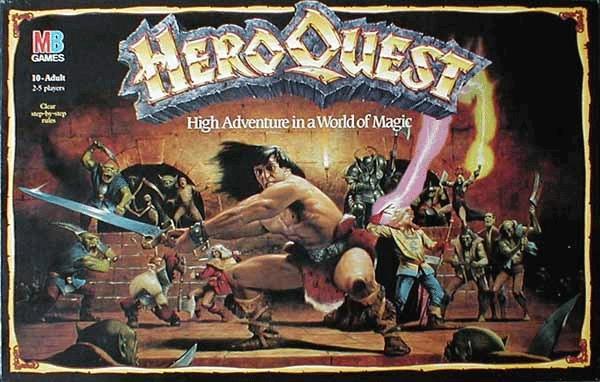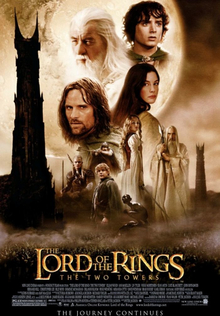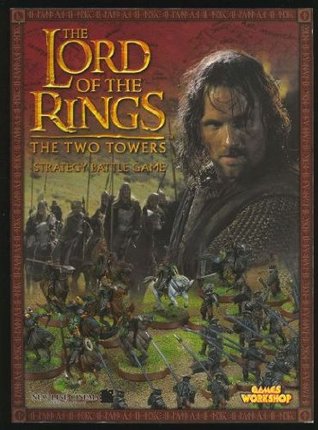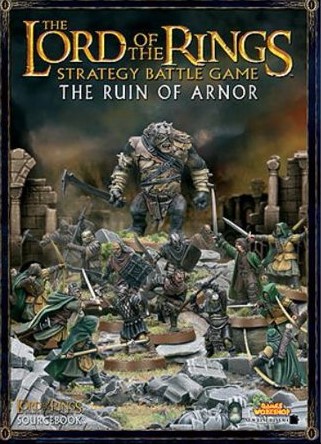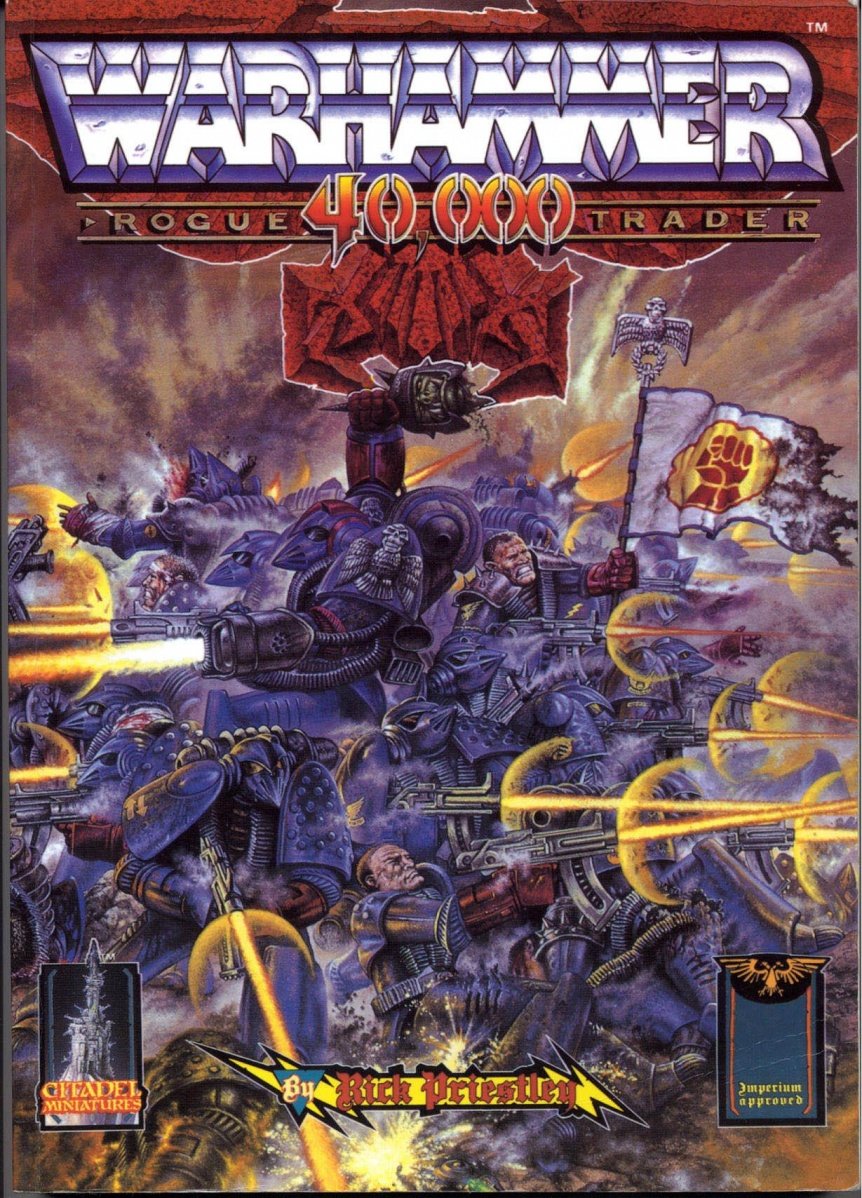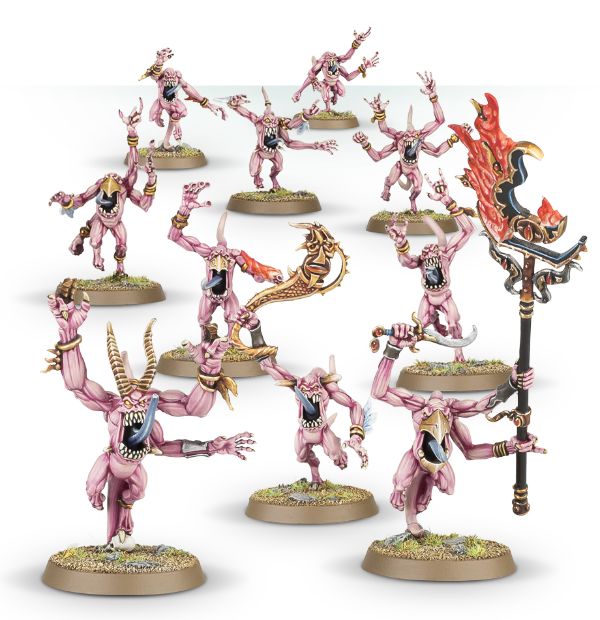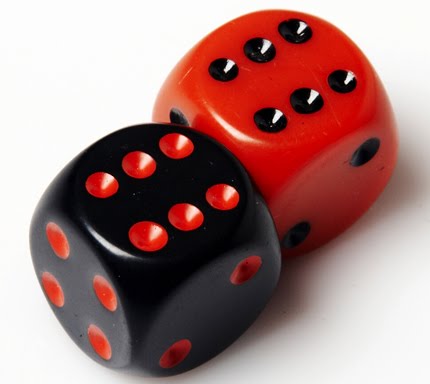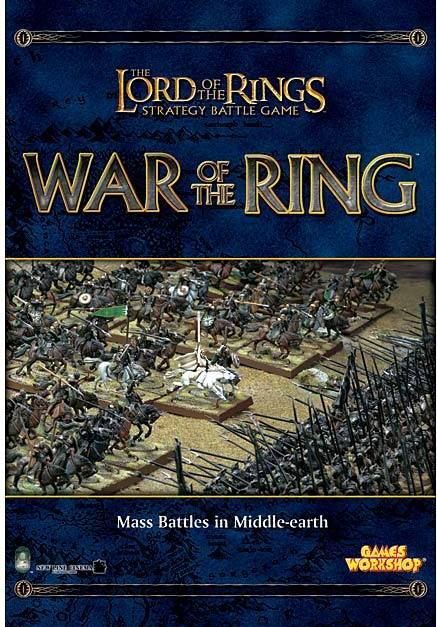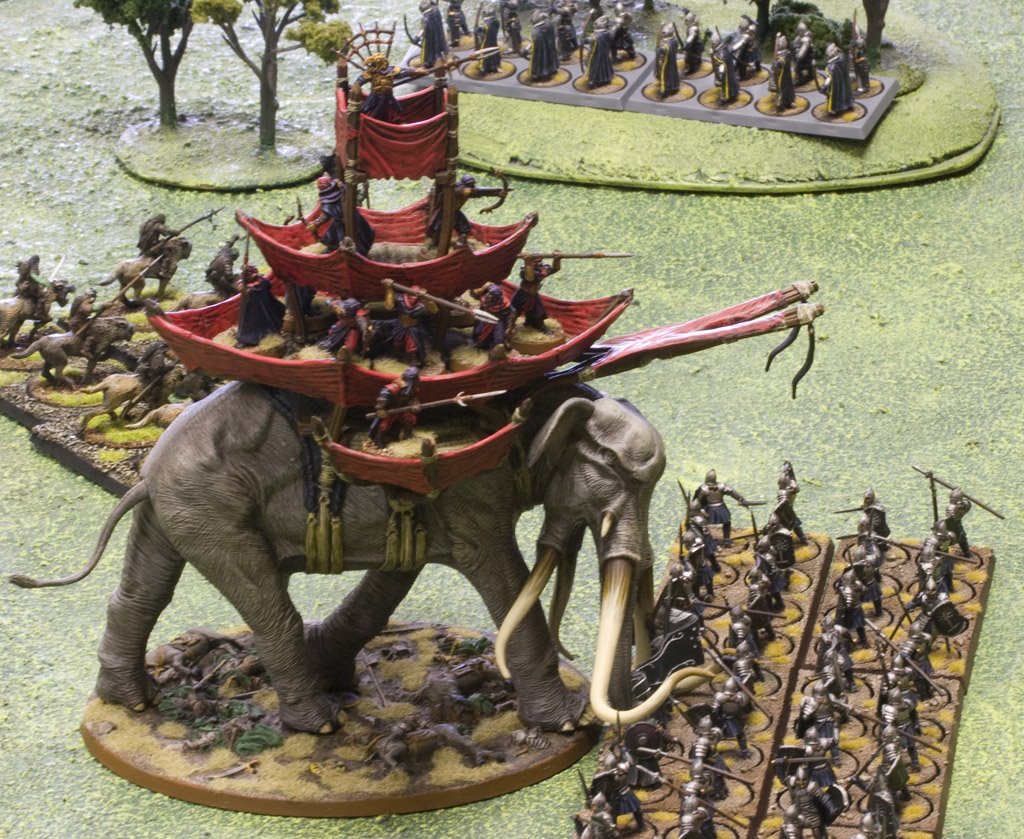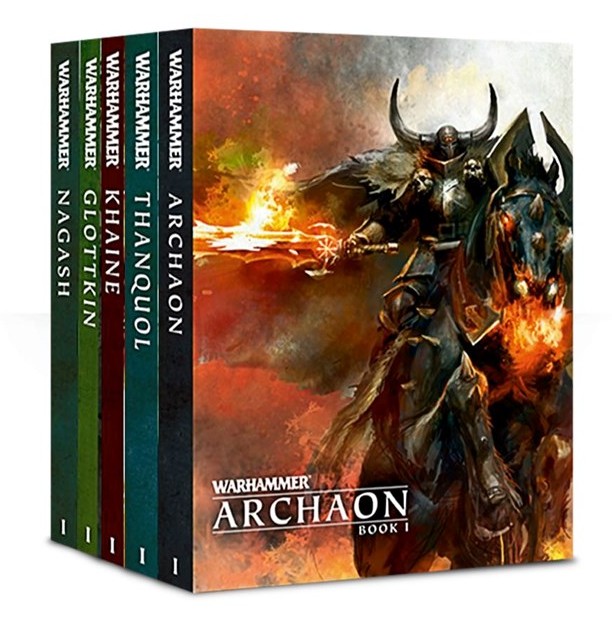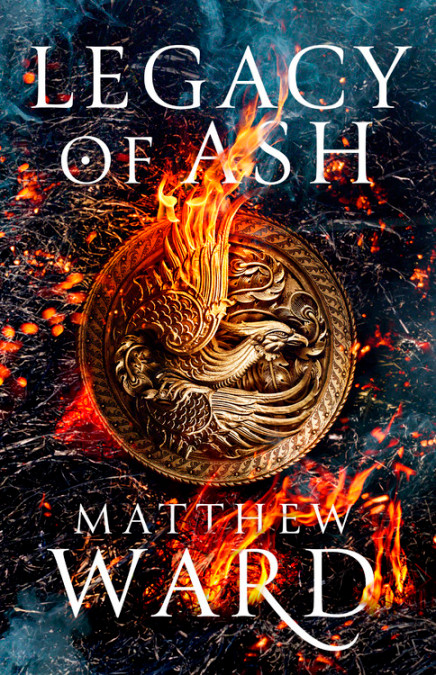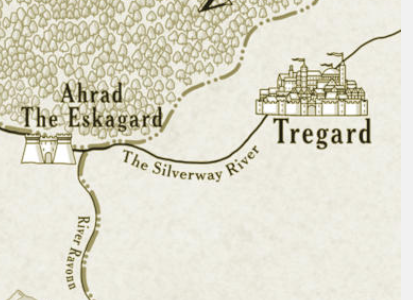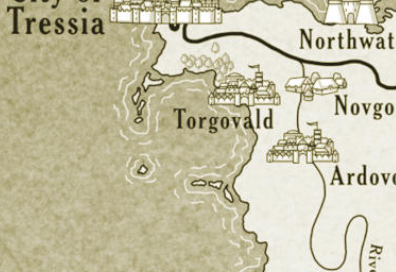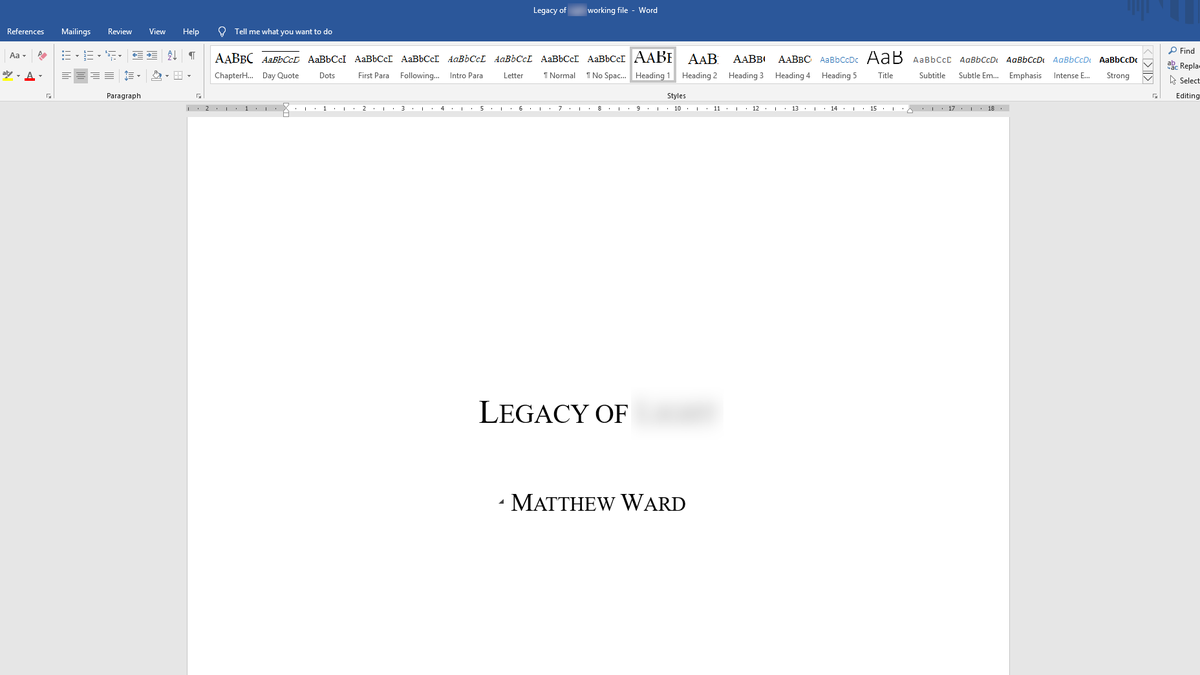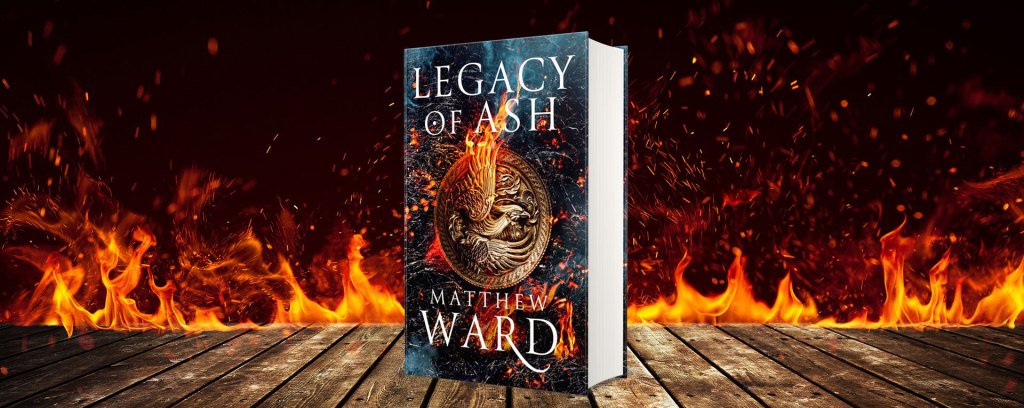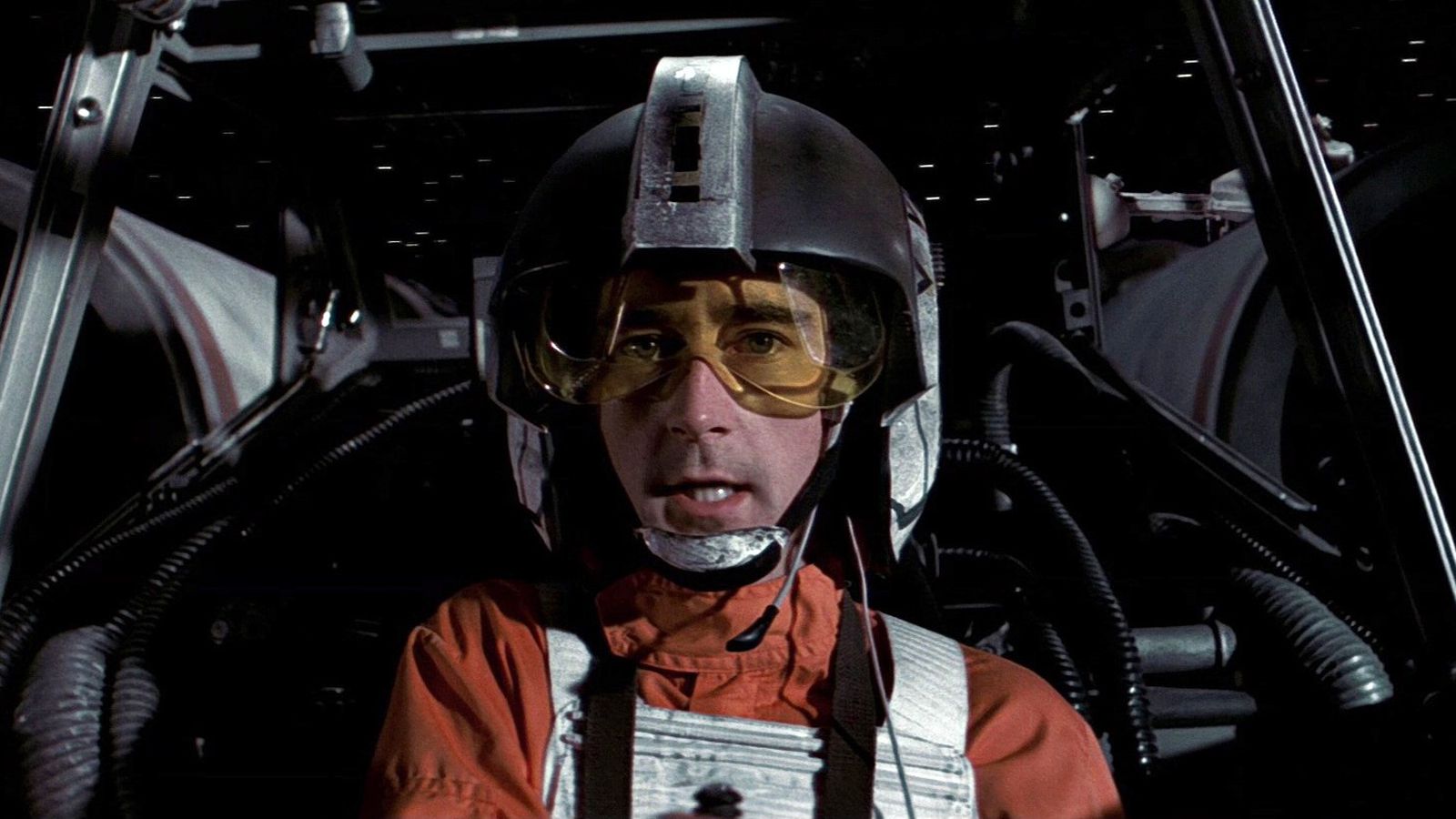The Matthew Ward Interview – Prime
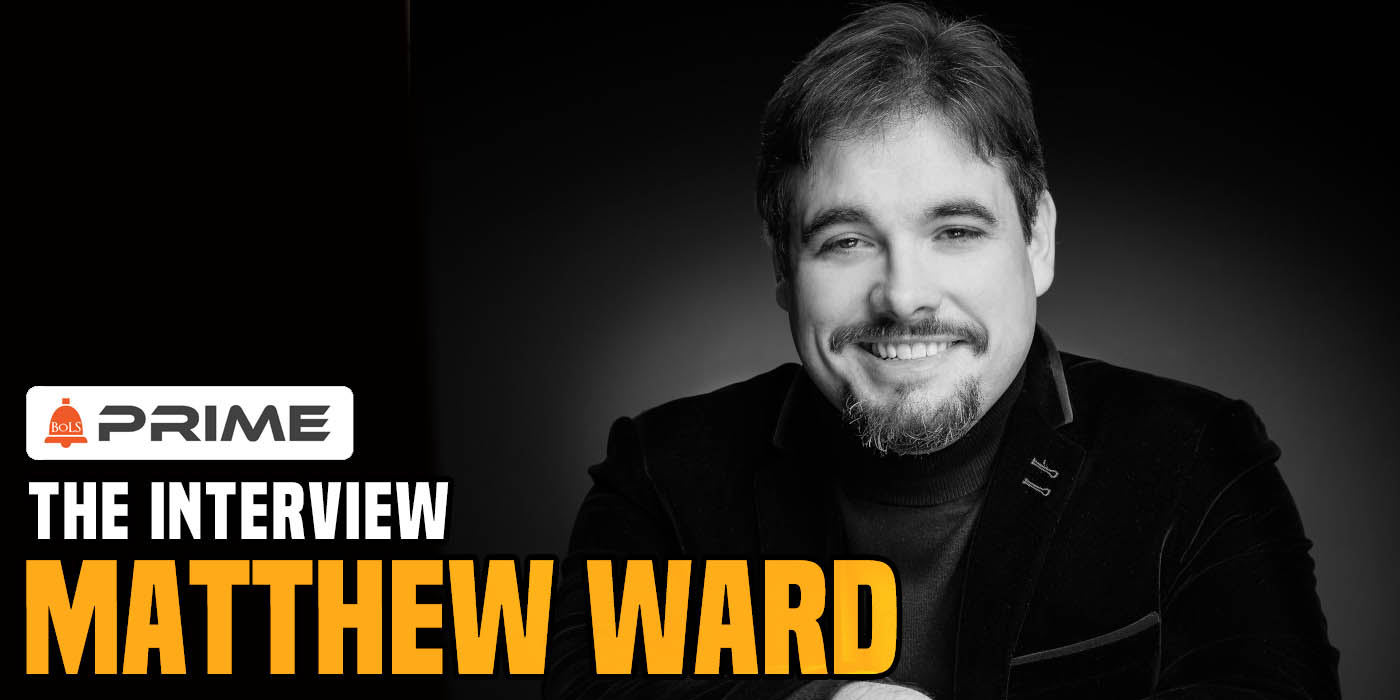
Join us as we chat with veteran game designer and author Matthew Ward.
If you’re a player or fan of Games Workshop games, then you likely know the name of Matthew Ward. Mr. Ward has a had major impact on all the mainline GW games and left his mark on wargaming in general. A veteran game designer, Mr. Ward worked on Warhammer, Warhammer 40,000 and various GW Lord of the Rings games. Mr. Ward is also an author with an upcoming book, Legacy of Ash. Mr. Ward was kind enough to agree to an interview with me and we chatted about everything from GW, to the writing to a shared love of Star Wars and Lego.
For convenience, I’ve divided the interview into three rough parts, one covering the games industry, one covering his work as an author and another covering our discussion about Star Wars. As Mr. Ward is English (we forgive him) some of the spelling may look off to our American readers, we’ve been assured that the extra “u”s are correct and necessary for authenticity. And now without further ado, let us see what Mr. Ward had to say.
The Interview
First off let’s start with a bit of introduction. Can you tell our readers a little bit about yourself and some of the games, and other projects you’ve worked on?
I spent twelve years at Games Workshop, in a series of creative lead and project management roles for The Lord of The Rings, Warhammer and Warhammer 40,000. For the last five years or so, I’ve acted as a freelance writer and creative consultant on various projects – including Fatshark’s acclaimed Vermintide series of videogames – while simultaneously working as an author.
Works include two full-length novels and several short stories set in the Frostgrave wargame setting, short stories and novellas in my own Coldharbour setting (Weird London Underground, for want of a better phrase) and a raft of original novels, the first of which is due to soon see the light of day.
On the Games Industry:
A lot of our readers will know you from your time at Games Workshop. How did you first get involved in wargaming? What were some of the first wargames you played?
Heroquest and Space Crusade were my gateways, as they were for so many. Then Combat Cards and… Well, that was the rabbit hole. I even have a handful of badly-painted Games Workshop Daleks and Cybermen around somewhere, poor devils. I’ve never been a great painter (no patience) and I was still using Humbrol enamels. Needless to say, it did not end well for the alien menace.
My first ‘real’ GW game was 3rd Edition Warhammer, with all its sprawling detail. It was a natural progression not only from Heroquest, but from the Jackson & Livingston Fighting Fantasy books, which I devoured voraciously at the time.
Tell us a bit about your time at GW. How did you get started with them, what was the industry like in your early years?
It’s a really dull story: they advertised for a new Assistant Games Developer in White Dwarf, and I applied. I’d been dabbling with my own games for years at that point, and I guess the interviews went well, because I got hired to join what was at the time the Lord of The Rings team – which meant it now had a whole two games developers one assistant (me) and one system head (Alessio Cavatore).
This was just before the release of The Two Towers, so The Lord of The Rings films were hitting their stride as a cultural phenomenon, dragging Fantasy as a whole out of its niche and into the public eye. It’s easy to see the effect this had on movies – I don’t think we’d have the Marvel Cinematic Universe if LOTR hadn’t blazed into being, for example – but it also did its part for moving fringe interests into the mainstream. (Hell, I’d heard of D&D growing up, but mostly because of the cartoon. I never actually saw, let alone owned a copy.) (I’ve still got my copy of the Two Towers SBG book rule book around here-AA)
That, combined with improvements in technology – digital sculpting, the falling cost of plastic tooling, the internet allowing businesses to find markets worldwide, and the rise of Kickstarter – has helped make wargames not only more accessible but infinitely more varied.
There’s a dizzying array of choice when it comes to rulesets and toy soldiers – often even within one company’s product range – and that can only ever be a good thing.
As a game designer you worked on a lot of games like, Warhammer Fantasy Battles, Warhammer 40,000 and War of The Ring. do you have a favorite project you worked on or one that you felt came out particularly well?
I’ll always have a soft spot for Ruin of Arnor – one of the LOTR supplements. It was probably the first time we really pulled away from the films in a big way, and that particular piece of Middle-Earth’s history has always been a favorite of mine.
Haunted wilderness and terrible things rising with the mist. I’ve been wandering those lands since Fog on the Barrow Downs scared me to death aged seven… (Movie only fans sadly will have no idea- AA)
I know this is a big question, but can you tell us a little about your personal process as a game designer? Where did you go for inspiration, how much did you go back and revise stuff before you call it done?
It is a big question, not least because different projects require a different approach. Most of the time, it’s about balancing commercial needs with the integrity of the intellectual property. You see this in all kinds of products, not just games.
As to how that shakes out? Again, different every time. As a games designer, you’re normally working with a series of truths handed down from on high. Sometimes it’s a conversation, sometimes it’s hammered out on stone tablets. Licensed games tend towards stone tablets while in-house ones have a little more flex.
“It’s rare to be handed a project with the brief of ‘yeah, whatever. Just go nuts'”
In either case, you look at what’s been done before, what you’re being asked to incorporate and what you’d like to improve. It’s rare to be handed a project with the brief of “Yeah, whatever. Just go nuts.”
Most development of an existing game or system (as opposed to the design of a new system) tends towards balancing these factors while keeping the game accessible and engaging. How many revisions you make depends on how smoothly all the gears mesh (or not!)
The looming specter of past editions…
The design of a new system is a little bit different, because you don’t have the same precedents to rely on, but you’re rarely working with a completely blank slate. A client will ask for something that’s a bit like X or a little like Y, and that’s your starting point.
You’ve worked on both licensed games (The Lord of the Rings) and games that were wholly GW’s creation (Warhammer 40,000). What was the biggest difference between working on those two types of IPs?
Despite being a licensed game, there was a lot more freedom regarding The Lord of The Rings. Chiefly, because it was a much smaller team, but also because it required specialist knowledge that wasn’t necessarily as widely ingrained (especially on the finer points of this was from the books, that was from the films).
Most everyone knows what a Space Marine is, but the finer details concerning placement of accents on Sindarin nouns? The difference between the elves of Lothlórien, Mirkwood, and Rivendell? Which ones were in which media, when? (Who knew knowledge of Sindarin could help you get a job?- AA)
Most everything LOTR came out of a small group. We really knew our stuff, and that gave us a lot more latitude… hence, Ruin of Arnor.
Once a game is out in the wild it’s up to the players to interpret a lot of things. Do you have a favorite story of a rule or mechanic that seemed very clear to you, that got played in a very different manner once it was “out in the wild”?
I don’t think there’s ever a shortage, even once you discount the fringe cases, but after so long (it’s been about seven years since I last wrote rules for Warhammer) they’ve all blurred to mush.
As far as unexpected goes, the main one that sticks with me is the “conga lines” of Pink Horrors way back in 7th edition Warhammer, forgoing the usual ranked formation of 5 files (and it was almost always 5 files in 7th edition) for a narrow block that maximized spellcasting.
Never flagged as a possibility in internal or external playtesting, but didn’t take long to appear out in the wild. A mix of unnoticed assumptions – in this case, about the core Warhammer system – and the sheer, grinding mathematics of how many more players engage with the material even on the first day of release than during development.
Longstanding games often have a lot of legacy rule and mechanic expectations. Did such legacy constraints make working on them easier or harder?
You probably have to use d6s
A bit of both. As I’ve mentioned before, what comes before is often your guide to what comes next, but the sheer tangle of core system + supplements can be a challenge – especially when some of those supplements often predate not only the version you’re replacing but one or two iterations before that… (Here’s looking at you Sisters of Battle…-AA)
Unlike the Warhammer Games, War of The Ring was basically a brand new game system. Did you find that freeing? Where you able to put more of yourself in that game?
War of the Ring was a wonderful experience. Again, a small team – as was often the case with LOTR – but I’ve always been grateful for the amount of trust shown in me to shepherd that project through.
A personal joy was being able to showcase the breadth of Middle-Earth in a way we’d not been able to do before – not just in scale, but in a narrative sense. These aren’t “just” Aragorn, Legolas and Gimli, these are the Three Hunters. This isn’t Galadriel, Elrond, Gandalf, and Saruman, but the White Council. (It worked, War of the Ring is quite possibly my favorite GW product and I’ve been yearning for a 2nd Edition for years now, for fun you can read Larry’ original review here-AA)
We know most games go through a number of revisions when being made and rules get thrown out or added in. Is there a favorite rule you ended up not using that you wish you had put into a game?
Going back to War of The Ring, I would have liked to have a smaller type of formation for elite troops – four to a base, rather than eight. Perfect for things like Dúnedain, Barrow Wights and Half-Trolls, but it came up too late and the game moved on.
What is your biggest advice for the aspiring game designer out there?
It’s going to break. No matter how much time you put into digging around for rules inconsistencies, odd interactions, and flat-out abuses, your game’s still going to break. Ultimately, game design is art, and art can always be better.
“It’s going to break.”
That’s not to say you shouldn’t do everything you can. There are ways of reducing the incidence, writing and development techniques that can help polish the system to a mirror shine, but it’s still going to break.
“Fun always comes first.”
The important thing™ is that if your game is immersive, if the theming’s spot-on – if you’ve got a plan for how you’ll deal with things when your game does break… Players will forgive you. In fact, most of them won’t care, because they’re enjoying the time they spend with it.
Fun always comes first.
On Writing:
Over the last years, you’ve transitioned from game designer to author. What made you make that change?
I’d dabbled in storytelling on and off for years (and years, and years), but never really got anything finished. I never really had the confidence to get anything finished. But there’s that oddity as you get older, and you start to ask why you’ve not done a thing and whether you’d rather remember having failed, or not having tried at all.
This all kicked in alongside a couple of unusual opportunities at GW, first with the interlocking of all three 8th edition Warhammer elf army books, and then with The End Times. Ongoing narratives and character arcs – things I’d not had the opportunity to do before.
While I’d do a few things differently with them now (because that’s always the way), that was the first time I’d looked at things and realized that, yes, this wasn’t just something I could do, but it was something fun.
Can you tell us a little bit about your writing process?
It all starts with the characters – where they’re headed, and why. Plot-wise, I normally have an idea of where the book itself is going, but the characters invariably take over part way through and insist on wandering off in a direction that I hadn’t necessarily intended.
“Word count targets can be a useful servant, but they’re a terrible master.”
Beyond that, I write the whole thing, front-to-back, editing when I need a breather or a bit more time to work out where the next chunk of the narrative is coming from. I’ll normally end the draft with a list of elements that need strengthening, adding or moving. That becomes the next part of the process, as well as a thorough haircut of the words themselves.
Word count targets can be a useful servant, but they’re a terrible master. Hitting a consistent daily output’s great for motivation, but it can lead to overwriting. Lots of trimming required after the fact.
Your new book Legacy of Ash comes out soon. Can you tell us a bit about it?
It’s Epic Fantasy, a story of a generation dealing with the mistakes of those that came before; their opportunity to break the cycle of history, or perhaps repeat it. Invasion, intrigue, contested crowns and meddling gods waiting in the wings. It tangles with truth, history and the price of honor.
Do you have a favorite character in Legacy of Ash, or one you identify with the most?
There are certainly some characters I wish I identified with less. Sadly not an author’s prerogative, as every one of them contains at least a little bit of me. There are no clean hands in Legacy of Ash. Everyone’s made mistakes, and it’s their actions moving beyond those mistakes that will either endear or revile.
Those I love, I love for different reasons, but if I’m choosing, I’d probably have to go with Anastacia. In a world where everyone else is mired in tradition and hierarchy, she’s something of an outsider, and she very much speaks as she finds. All ingrained traditions need someone like that, just… nudging, from time to time.
Tell us a little about the world of Legacy of Ash. What Inspiration did you draw on when creating it?
The world of Aradane has been knocking around, in one form or another, for upwards of twenty years at this point, so separating out its influences is challenging!
I’m a sponge, always soaking up oddities from history and language, little bits of world-building and “that’s an interesting idea, but what if it were like this instead?” Concepts have come and gone over the years, been rethought or reframed as I’ve grown more experienced and more confident.
“I’ve always loved world where what we know is really just a vaneer over a deeper truth.”
That said, I’ve always loved worlds where what we know is really just a veneer over a deeper truth. In that sense, Aradane owes a lot to classic fantasy like The Lord of The Rings and more modern works such as Jonathan Strange & Mr. Norrell. Stories that challenge their characters’ perceptions, and unveil a larger world than they thought existed. That’s right at the heart of fantasy for me.
The Tressian Republic is a major part of the setting for Legacy of Ash. Is it based on any real-world countries or entirely your own creation?
Tressia owes a little to renaissance-era Italy, but mostly borrows from British history and attitudes – not always for the better. There’s a duality at the heart of British self-perception that I find fascinating, at once a “plucky underdog” and “the best in the world”, regardless of truth, or how poorly those two align. The Tressian Republic has that mortared into its stones.
What was the hardest part of writing Legacy of Ash?
Honestly? Learning to trust my instincts.
“You stare into that abyss too long and you start questioning everything.”
There are a handful of characters and plot lines that I ummed and ahhed about including. I worried that I was being indulgent, and getting distracted. There’s loads of conventional wisdom touted about the ‘right’ number of characters, scene structure, book-length or a hundred other things. You stare into that abyss too long and you start questioning everything.
For whatever reason, I forged on anyway. Turned out that those parts of the narrative were where the story found its emotional heart. I’m trusting my gut a lot more now.
Do you have a favorite part of scene you can tell us about?
I’ve always been a sucker for the part of a story where a character hits rock bottom and finds freedom in knowing there’s nowhere further to fall. But I can’t talk much about that, for obvious spoiler-y reasons. You’ll have to read for yourself.(Can’t wait!- AA)
I will say that even in a book where defiance against the odds is a prevalent theme, there’s one particular moment of sacrifice that outshines all others. You’ll know it when you see it.
Is there a particular bit of world-building you are most proud of?
I love Aradane’s gods. They don’t all make personal appearances in Legacy of Ash, but they’re there, in every stone and forgotten memory. In tradition and language.
As I alluded to before, whatever you see on the surface, there’s more lurking beneath. The gods are a big part of that.
Legacy of Ash is part of a trilogy. What can you tell us about the series?
Courtesy of Mr. Ward’s twitter.
That the consequences of Legacy of Ash will keep rippling outwards. History doesn’t start and stop with clean edges, and nor will the events of the first book. There are struggles aplenty yet to come.
I know where the story ends. Now we just have to get there. Writing on Book Three starts later this week. (Best of luck!- AA)
When (and where) can readers get Legacy of Ash?
In the UK, Legacy of Ash releases in limited edition signed hardback on November 7th, accompanied by English language Kindle and Audiobooks worldwide.
Also in November, trade paperback editions will be available in other English-speaking markets (such as Ireland, Australia, South Africa and so on).
The paperback follows in April next year, also coming to the US
Mr. Ward has a well known love of Star Wars and Lego (you can see it all over his twitter feed) as a big fan of both, I couldn’t resist asking just a few questions about these topics.
On a more personal note, how much has Star Wars influenced you?
It’s an odd one. Star Wars is a huge part of my life, and always has been – from the original trilogy, through the expanded universe, to now. Viewed from particular angles, my office looks like a clearinghouse for Lucasfilm memorabilia, and when the Star Wars: Identities exhibition was in Greenwich, I made the trip to see it twice.
But influence? That’s a hard thing to measure. It’s definitely there, but because I grew up with it, I can’t really say where it starts and where it stops. Star Wars certainly gave me some pretty good role models to aspire to, and a love of practical miniature effects.
Right now’s definitely a good time to be a Star Wars fan. There’s so much coming out that there’s something for most tastes.
What’s your favorite Lego Star Wars kit? (Looking for recommendations)
The U-Wing and the Ultimate Collector’s Series Y-Wing are wonderful, film-accurate kits, and a joy to assemble. But I think my favorite is probably the UCS Slave One. It’s large, colorful and surprisingly sturdy (which is important when you’ve mad cats charging about the place). (Now I’m torn, I love the U-Wing so much, but you’re the second person to recommend the UCS Slave One.)
How worried are you that Wedge is being added to The Rise of Skywalker just to be killed off (I’m very worried about this), and where will the rioting take place if this happens?
Assuming he is fated to die, there’s being killed off, and being killed off. A heroic death, or one that just, sort of… happens. I guess we’ll have to see. Is it better to never mention him ever again (and assume he was killed on Hosnian Prime, which was apparently the consensus until now) or to see him die?
Again, we’ll have to see. I was supremely offended when General Madine was killed off in Darksaber, so I’m maybe not one to judge. (Haha, I was also upset about that! I thought I was the only one. -AA)
Wedge (like Ackbar) is one of those characters who was given a good run in the old Expanded Universe – in the better novels, at least – but doesn’t really have much presence in the films. In fact, neither seem to get much to do in the current comics run either, which is a bit disappointing.
As for rioting? Well, is that really what Wedge would want? I suspect not. (You raise a good point. Wedge would only want rioting if it was part of some convoluted plot to overthrow Imperial control of a world.)
Well, that wraps up a very insightful interview with one of Wargaming’s most important designers. Thanks again to Mr. Ward for agreeing to the interview and don’t forget to pick up his new book, Legacy of Ash, when it hit shelves in November.
Matthew Ward is a writer, cat-servant and owner of more musical instruments than he can actually play (and considerably more than he can play well).
He’s afflicted with an obsession for old places – castles, historic cities and the London Underground chief amongst them – and should probably cultivate more interests to help expand out his author biography.
After a decade serving as a principal architect for Games Workshop’s Warhammer and Warhammer 40,000 properties, Matthew embarked on an adventure to tell stories set in worlds of his own design.
He lives near Nottingham with his extremely patient wife – as well as a pride of attention-seeking cats – and writes to entertain anyone who feels there’s not enough magic in the world.
Follow him on social media at:
www.thetowerofstars.com
www.facebook.com/thetowerofstars
www.twitter.com/thetowerofstars


